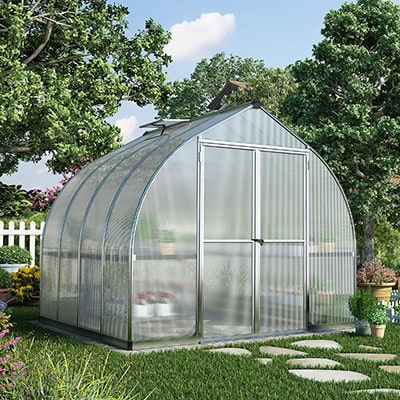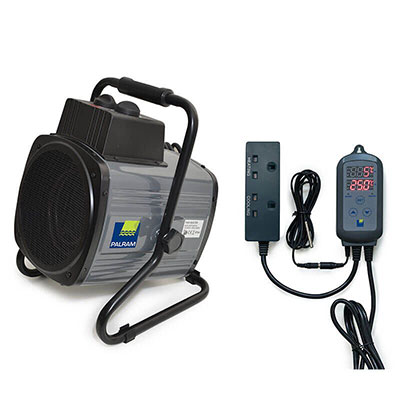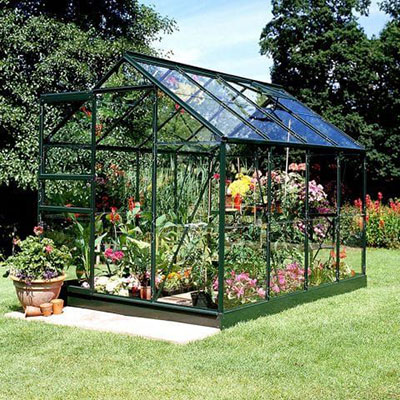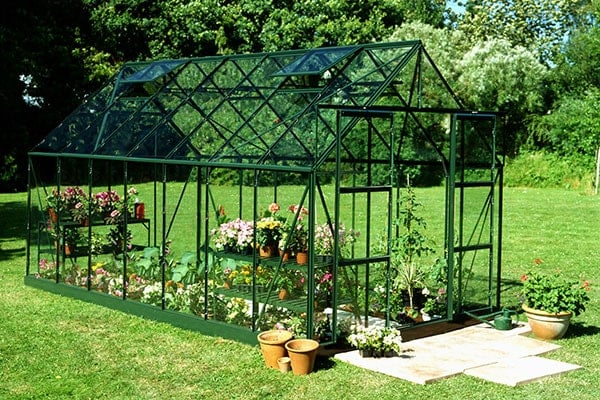
Benefits of A Greenhouse
A greenhouse is invaluable if you want to grow crops for longer periods of the year because it allows you to control the growing conditions.
We all know there’s no better taste than freshly-picked, organic, homegrown produce, so why not make the most of it?
After all, not only is grow-your-own (GYO) food healthier and tastier, it’s cheaper too.
Add in the benefits of increased exercise, improved mental health and a reduction in your carbon footprint, and you’ll wonder why you didn’t take up greenhouse gardening years ago.
To make sure your greenhouse gardening is a success, we’ve got some top tips for you but, firstly, here are some of the best fruits and vegetables to grow.
The Best Crops to Grow in A Greenhouse
Tomatoes
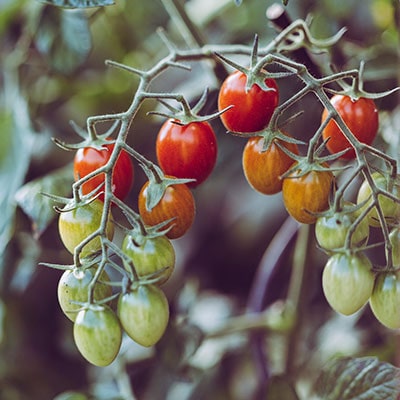
As it’s easier to control conditions in a greenhouse, you can reduce the incidence of diseases like blight too.
With cherry tomatoes, buy plug plants. Choose cordon (intermediate) varieties as they take up less space.
They're best in a bed, but you'll get good results from extra-large tomato grow bags with ring culture pots screwed into the top.
You don't need to water tomatoes every day. Their flavour is improved with a decent soaking 2-3 times a week.
Add plenty of organic matter. This can be homemade compost or a soil enhancer like Dalefoot Compost, which is made from wool and bracken.
Feed once a week after the second truss has set and you should be enjoying tomatoes from July to October.
Recommended varieties include Rosella (dark rose pink), Orange Paruche, Pink Charmer, Black Opal and Gardener's Delight (red).
Cucumbers
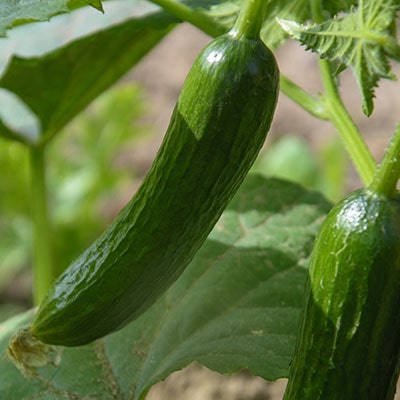
Much the same as tomatoes in that the fruits are thinner skinned and so tastier. They are usually longer too.
Again, the crops start earlier, do better throughout the year and last longer.
Cucamelons
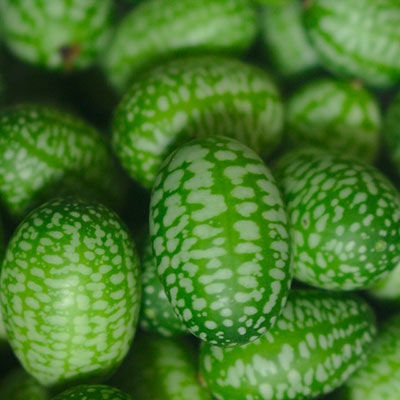
These Mexican gherkins have a cucumber taste and look like grape-sized watermelons.
They're easy to grow from seed, are drought tolerant and pest resistant.
The tuberous roots of cucamelons can be stored over winter.
Aubergines
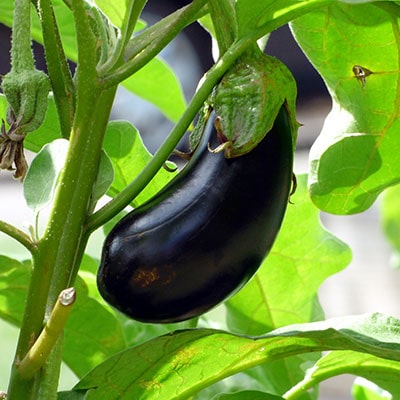
Aubergines need a long growing season to thrive. A greenhouse allows a February start and, usually, an October finish.
In between, plants grow and crop. And they can crop fantastically.
Peppers
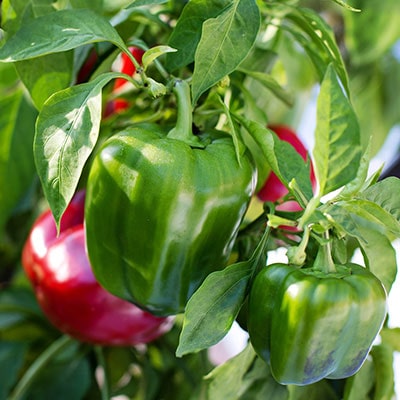
Peppers will grow outside but the best results are from greenhouse crops.
Long growing seasons, the addition of early heat and control of conditions make it so much easier to successfully grow peppers, sweet and chilli, from July onwards.
You can overwinter strong plants in a heated greenhouse to get a head start for next year.
Strawberries
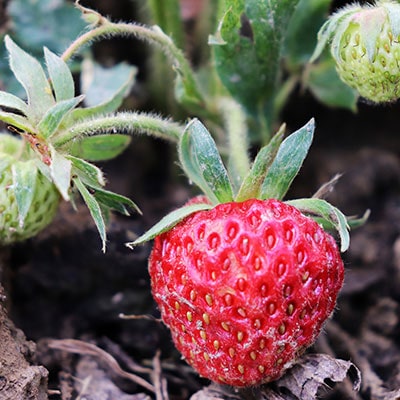
It's possible to get early and late harvests, but it's important the temperature doesn't go above 16C (61F), as this will inhibit flowering.
Salads
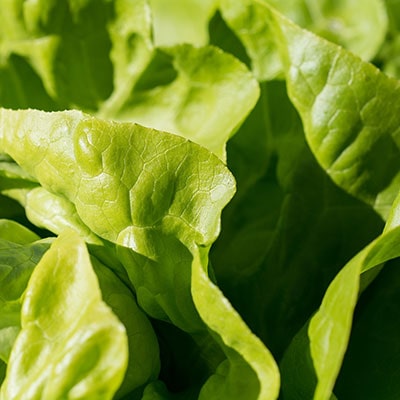
Grow winter varieties of lettuce from seed in the colder months.
Two other options are pea shoots (choose Twinkle) and rocket.
Carrots
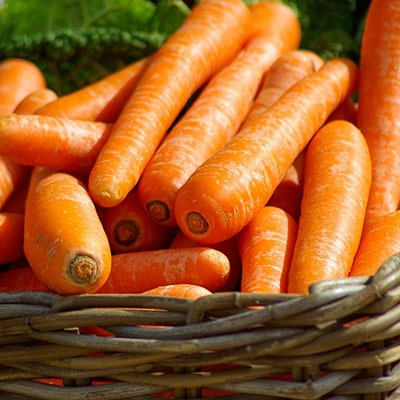
Baby carrots can be grown over winter for a spring crop.
Nantes 2, Parmex and Mokum are all good varieties.
Figs
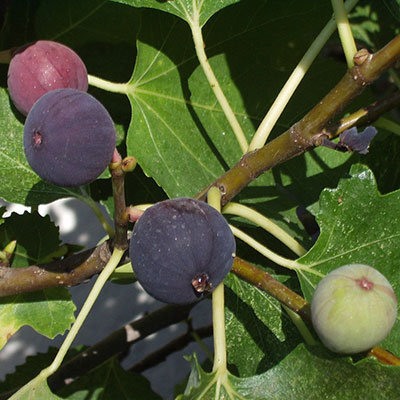
Figs can spend the summer outside, moving back into the greenhouse from the first frosts until May.
The most reliable variety is Brown Turkey.
Top Greenhouse Tips
Power Your Greenhouse
Run electricity to your greenhouse and you will achieve even earlier starts and later finishes.
Obviously, heating is a boost to growth. Electric heaters are economical and easy to use. Rig them up to a thermostat, plug in and be happy in the knowledge that your seedlings and young plants are nice and cosy.
Add in thermostatically controlled propagators and you can actually start to plan your whole garden from seeds, seedlings and young plants.
(For a blog dedicated to greenhouse accessories, click here.)
Ventilation
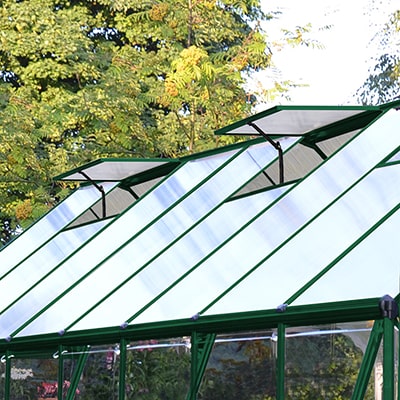
Use automatic vent openers to ensure easy ventilation.
Allow some ventilation during the day to stop mould and mildew - remove dead plant material promptly.
Cleaning
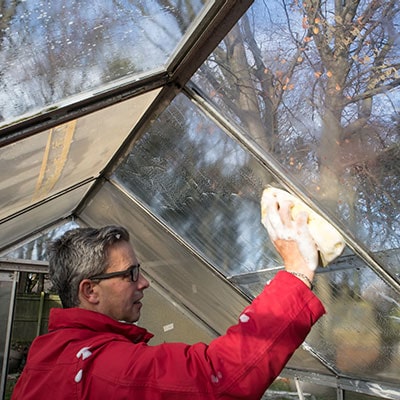
To clean a greenhouse, hose down inside and out to loosen dirt, pests and their eggs.
Then clean the glass with antibacterial washing-up liquid, diluted in warm water.
Wash staging with a garden disinfectant such as Citrox.
Greenhouse Gardening in Winter
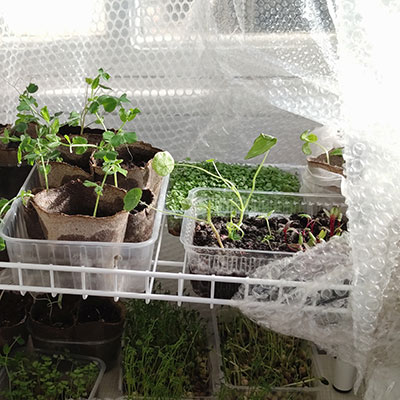
When growing tender plants during winter, a heater and greenhouse insulation are good ideas.
In winter, you can install bubble wrap insulation, but it is expensive. After all, you only need to keep things frost free.
Also, don't let plant tissue touch cold glass – it will frost the leaves.
Remember to keep dormant plants on the dry side as root rot kills more plants than the cold.
And in Summer
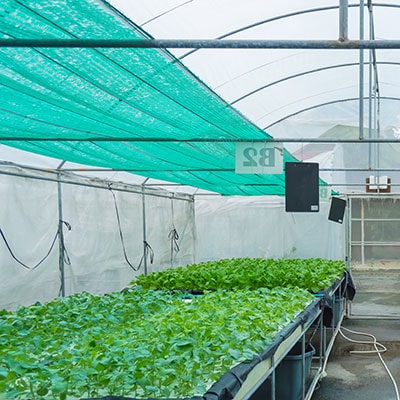
You’ll need shade in summer.
A large parasol near the door can shade a greenhouse for most of the day.
(For a seasonal guide to the greenhouse, click here.)
Pests
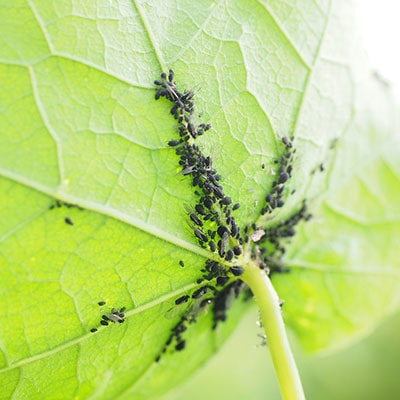
Check plants regularly for pests, especially aphids, vine weevils, and hibernating snails which sometimes hide under pot rims.
Greenhouses for Sale
Buying a greenhouse will transform your gardening, improve your diet and bring you a lot of happiness.
Choose from our fantastic range of greenhouses for sale now.
Once you own a greenhouse, you’ll never want to be without it.





